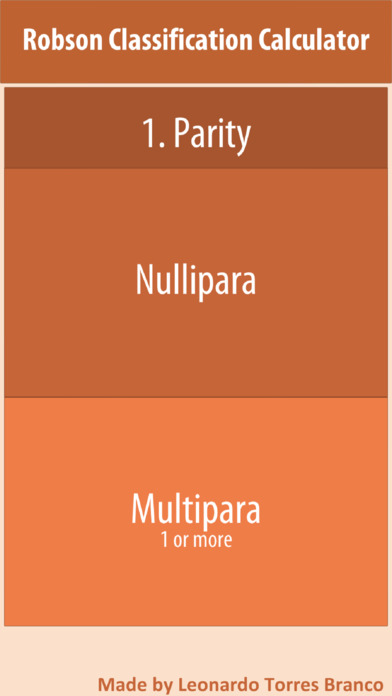
Robson App app for iPhone and iPad
Developer: Leonardo Branco
First release : 15 Aug 2017
App size: 49.6 Mb
Since 2015, the WHO recommends the use of the Robson Classification to be used worldwide to assess, monitor and compare caesarean section (CS) rates over time in a same hospital or between different hospitals.
The Robson classification categorizes all women into one of 10 groups that are mutually exclusive and, as a set, totally comprehensive. The groups are based on 5 basic obstetric
characteristics that are routinely collected in all maternities:
1. Parity
2. Number of foetuses
3. Foetal lie and presentation
4. Gestational age
5. Onset of labour
The classification is simple, robust, reproducible, clinically relevant, and prospective – which means that every woman admitted for delivery can be immediately classified into one of the 10 groups based on these few basic characteristics. This allows a comparison and analysis of caesarean section rates within and across these groups.



